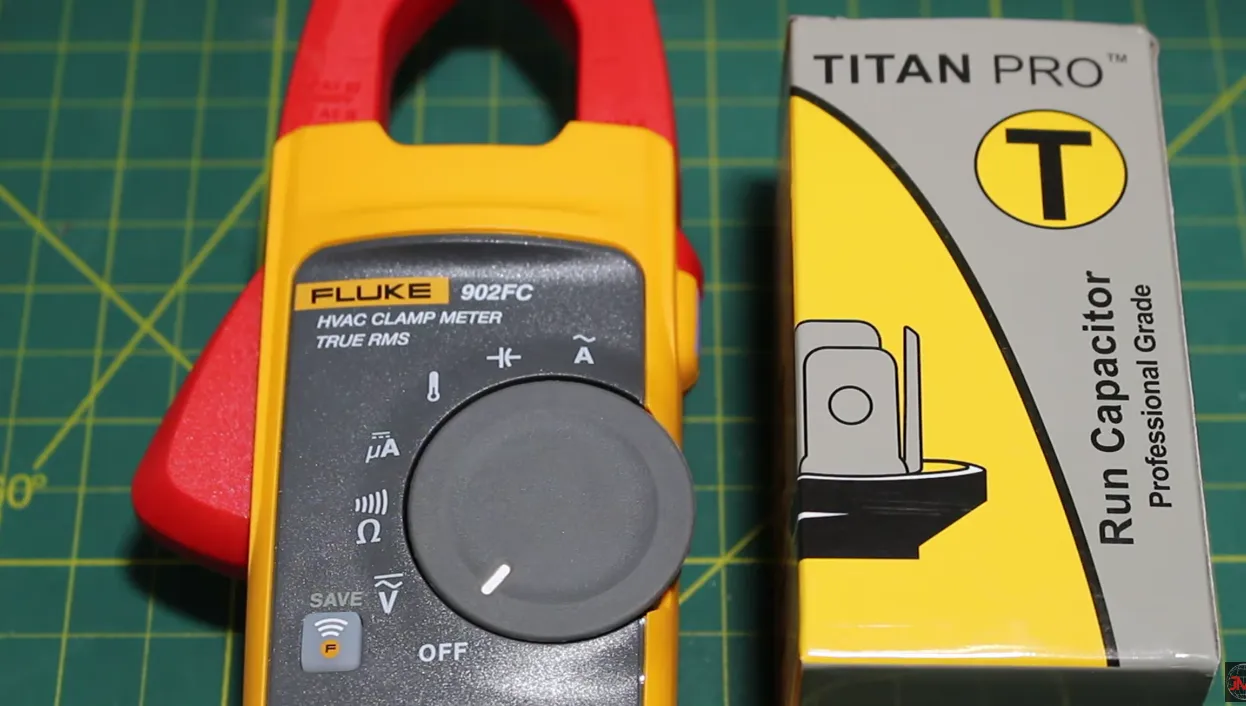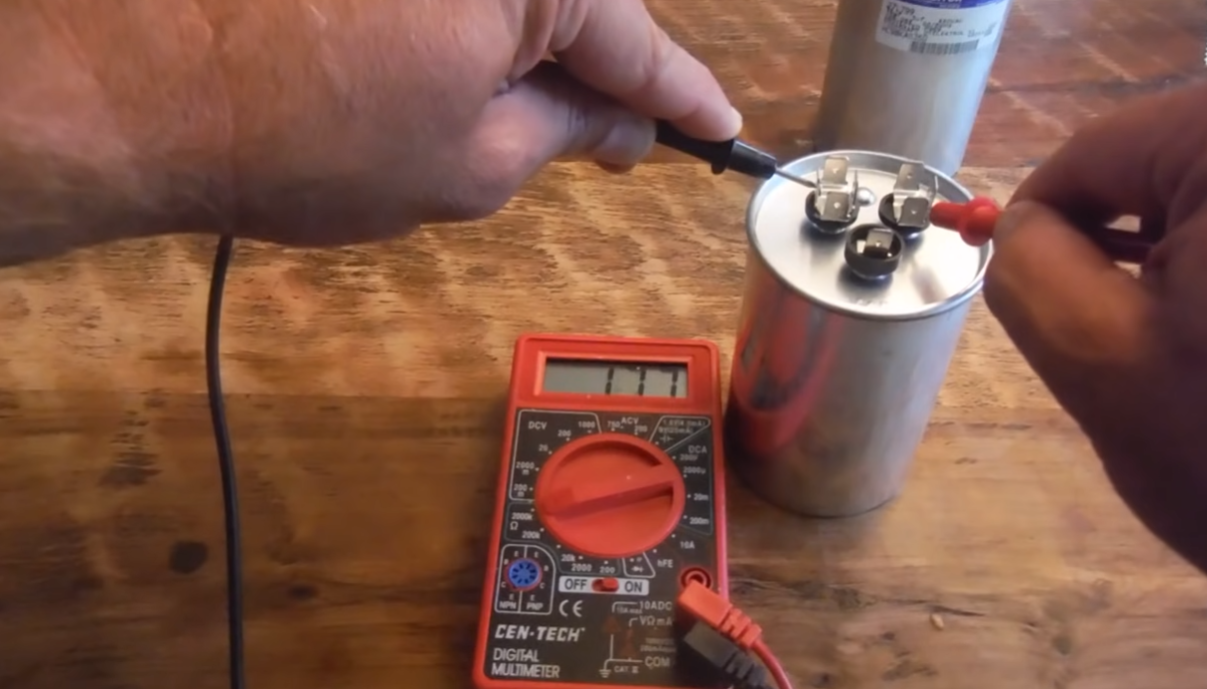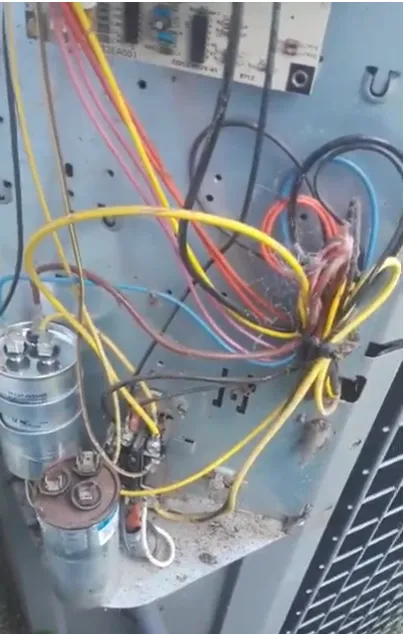Air Conditioner Capacitor Basics: What You Need to Know
The air conditioner capacitor is a simple but very important electronic component that can affect the performance and service life of your air conditioner. You may not know that the function of the air conditioner capacitor is to store and release electrical energy to help the air conditioner motor start and run. If the air conditioner capacitor fails, your air conditioner may not start, may not cool properly, or even damage other components. Therefore, it is very necessary to understand the basic knowledge of air conditioner capacitors , which can help you better use and maintain your air conditioner. In this article, we will introduce the principles, types, functions, selection, installation, testing, replacement, etc. of air conditioner cabinets, allowing you to Let you know more about air conditioner capacitor.
Catalog |
What is the air conditioner capacitor ? |
The principle of air conditioner capacitor |
Two types of air conditioner capacitors |
Air conditioner capacitor wire colors |
Why are air conditioner capacitors one of the most commonly replaced AC capacitors? |
How to choose an air conditioner attendant? |
How to test air conditioner capacitor with multimeter? |
How to check air conditioner capacitor? |
What is the air conditioner capacitor ?

Air conditioner capacitor is an electronic component used for starting and running the air conditioner motor. It can store and release electrical energy to improve the efficiency and stability of the air conditioner. AC capacitors are similar to shiny cylindrical batteries that are responsible for powering the AC system's motors to keep them running when it's time to cool your home.
The principle of air conditioner capacitor
Among the tangle of wires inside your air conditioner’s outdoor unit lies one of the most important components of your entire HVAC system: the air conditioner capacitor. The principle of air conditioner capacitor is to use the electric field between two metal plates to store electric charge. When electric energy is needed in the circuit, the capacitor will release the electric charge to provide additional power to the motor.
AC capacitors provide the initial power required by the air conditioner motor to operate successfully. It stores electricity and sends it to the system's motors in powerful bursts, causing your equipment to accelerate as it initiates a cooling cycle. Once the AC is up and running, the capacitor reduces its energy output but still provides a steady current until the cycle is over.
AC capacitors are measured in voltage and microfarads. Voltage shows how much current flows through the capacitor. The higher the voltage in a capacitor, the faster current flows through the capacitor. Microfarads, meanwhile, describe how much current a capacitor can store. Most capacitors range in capacity from 5 MFD (microfarad) to 80 MFD.
They may look and function like batteries, but capacitors are not batteries. They connect to the wiring inside the air conditioner system. This means that if a new capacitor needs to be replaced, you cannot simply open the door of the device and put the new capacitor inside. In fact, don't replace AC capacitors yourself, as they are high-voltage devices that can seriously injure you even when the power is turned off. We'll talk more about this later.
Two types of air conditioner capacitors
There are two types of air conditioner capacitors, one is the starting capacitor and the other is the running capacitor. The function of the starting capacitor is to provide an instantaneous high voltage to the compressor and fan when the air conditioner is started, helping them to start quickly. The function of the running capacitor is to provide a constant AC voltage to the compressor and fan when the air conditioner is running, helping them to operate stably.
If the air conditioner capacitor swells, leaks, is short-circuited or open-circuited, it needs to be replaced with a new capacitor of the same model.
How to check air conditioner capacitor?

There are many ways to check air conditioner capacitors. You can use a multimeter, AC power supply or special instrument to measure its resistance, charge and discharge status or actual capacity. If the air conditioner capacitor is found to be swollen, leaking, short-circuited or open-circuited, it needs to be replaced with a new capacitor of the same model.
Why are air conditioner capacitors one of the most commonly replaced AC capacitors?
The AC capacitor is one of the most commonly replaced parts of your air conditioner, mainly because if it malfunctions or malfunctions, it can prevent the entire HVAC system from functioning. If this happens, your air conditioner will have to work harder to circulate cold air through your space, which will eventually wear out your air conditioner unit or lead to higher energy bills.
How to choose an air conditioner attendant?
The capacity and pressure of the air conditioner capacitor should be selected according to the model and power of the air conditioner. If an inappropriate capacitor is selected, the performance and life of the air conditioner will be affected. Damage to the air conditioner capacitor will cause the air conditioner to fail to start or cause abnormal cooling, so it needs to be inspected and replaced regularly.

How to test air conditioner capacitor with multimeter?

An air conditioner capacitor is a device that stores and releases electrical energy to start and run the AC motor. A faulty capacitor can cause various problems, such as hard starting, humming, or no cooling. To test an air conditioner capacitor with a multimeter, you need to follow five steps:
Step1:Turn off the power to the AC unit and disconnect the wires from the capacitor terminals. Be careful not to touch the terminals with your bare hands, as they may still have some charge.
Step2:Discharge the capacitor by shorting its terminals with an insulated screwdriver or a jumper wire. This will prevent any electric shock or damage to the multimeter.
Step3:Read the capacitance value on the outside of the capacitor. It should be expressed in microfarads (µF) or picofarads (pF). For example, a capacitor may have a label that says “40/5 µF 370 VAC”, which means it has two capacitance values: 40 µF and 5 µF, and it can handle up to 370 volts of alternating current.
Step4:Set your multimeter to its capacitance setting. If your multimeter does not have a capacitance setting, you can use an ohmmeter setting instead, but the results may not be as accurate.
Step5:Connect the multimeter leads to the capacitor terminals. If the capacitor has two capacitance values, you need to test each one separately. For example, if the capacitor has a label that says “C/H” and “FAN”, you need to connect one lead to the “C/H” terminal and the other lead to the “COM” terminal, then switch the leads and repeat the same for the “FAN” terminal and the “COM” terminal.
Check the multimeter reading and compare it with the printed value. The reading should be within 10% of the printed value. For example, if the printed value is 40 µF, the reading should be between 36 µF and 44 µF. If the reading is too low or too high, or if there is no reading at all, the capacitor is defective and needs to be replaced.
Air conditioner capacitor wire colors

The wire colors of the air conditioner capacitor are used to indicate how the capacitor is connected to the AC system. The wire colors may vary depending on the manufacturer and the type of capacitor, so it is important to check the wiring diagram of the AC system before wiring the capacitor. According to one source1, the AC capacitor wiring color code is as follows:
Brown: This wire connects to the fan motor.
Yellow: This wire connects to the compressor.
Common: This wire connects to the power source and is usually black in color.
Related Articles
Tantalum vs Ceramic Capacitor: What's the Differences?
What Is CBB61 Capacitor - Function and Applications
What is the Standard Lead Spacing for Capacitors?
What Is CBB61 Capacitor - Function and Applications
What Causes Capacitors to Fail
Tantalum vs Ceramic Capacitor: What's the Differences?
Run Capacitor vs Start Capacitor
Radial vs Axial Capacitor: Whats the Differences?
Polyester vs Polypropylene Capacitors: Explained
Polarized vs Non-Polarized Capacitor
How to Test a Hard Start Capacitor [Complete Guide]
How to Install a Capacitor to Two Amps










